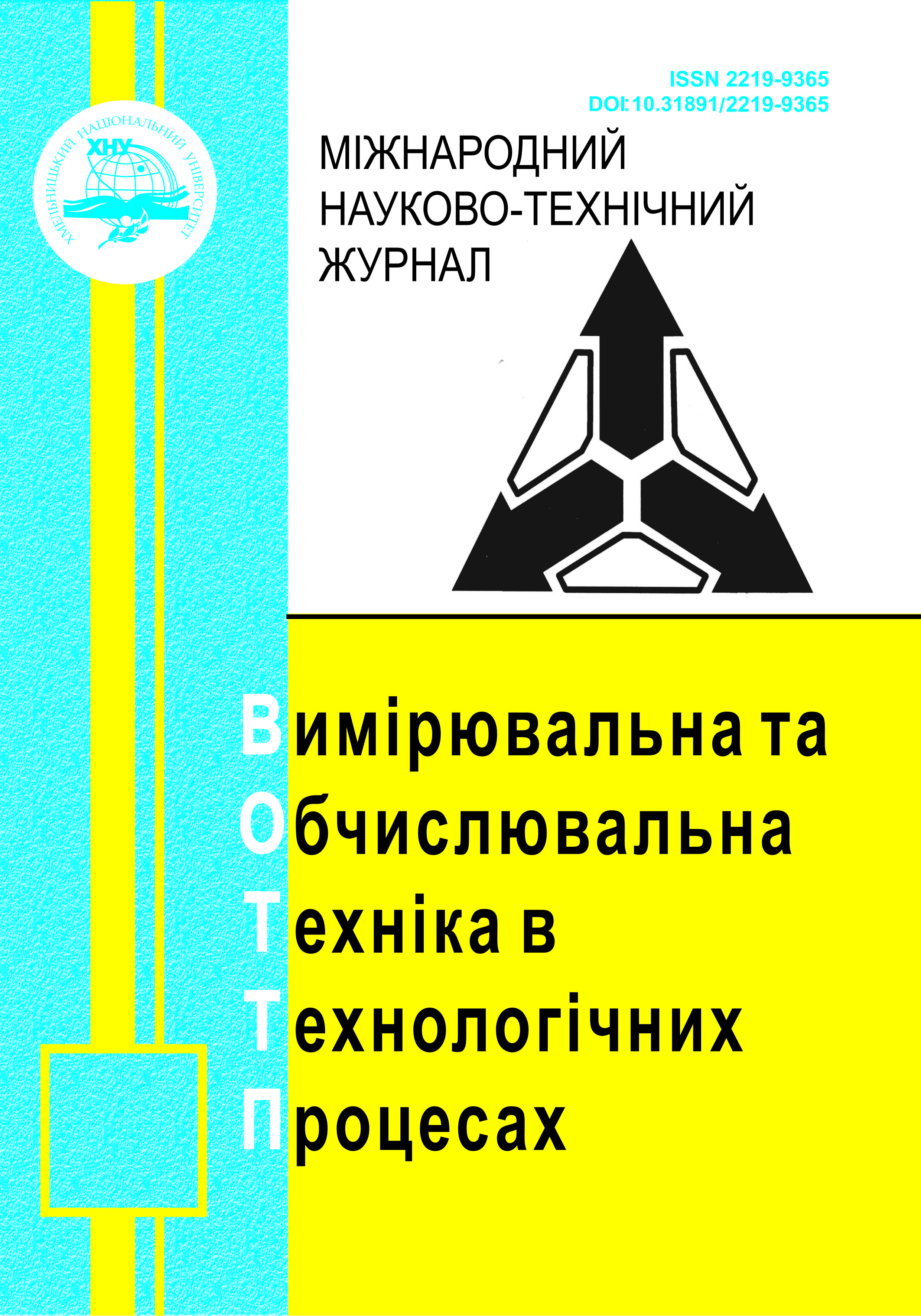MODELING THE BASIC STRUCTURE OF A ROBOTIC PLATFORM
DOI:
https://doi.org/10.31891/2219-9365-2024-79-13Keywords:
robotic platform, design, communication equipmentAbstract
The hostilities in Ukraine give rise to the development of robotics, which is connected to a number of other industries, including telecommunications, electronics, programming, the Internet of Things, and mechanical engineering. Modern models of robotic platforms are multifunctional and are used for various tasks, the prerequisite for the formation of which are the technical characteristics of both the design and the means of communication.
Information about the robotic complex for extinguishing fires is highlighted in the information message. The advantages of the construction of the complex are the presence of tracks and specialized equipment for extinguishing fires. Specialized equipment is used for remote control of the complex, which provides a working distance depending on the type of terrain (open - a distance of up to two kilometers, crossed - 400 meters).
This article is dedicated to the process of developing the basic structure of a robotic platform, taking into account the necessary mounts for telecommunication technologies. The existing types of robotic platform designs have been analyzed, relevant technical specifications have been considered, and selection criteria have been established. Among the criteria highlighted are the ability to mount specialized telecommunication equipment, quick access for equipment maintenance, ease of manufacturing, maneuverability, and off-road capability. The article provides a range of possible technical specifications for radio communication equipment and offers information on how to mount them on the robotic platform. A schematic of the basic structure of a robotic platform based on a two-wheeled base has been created.

